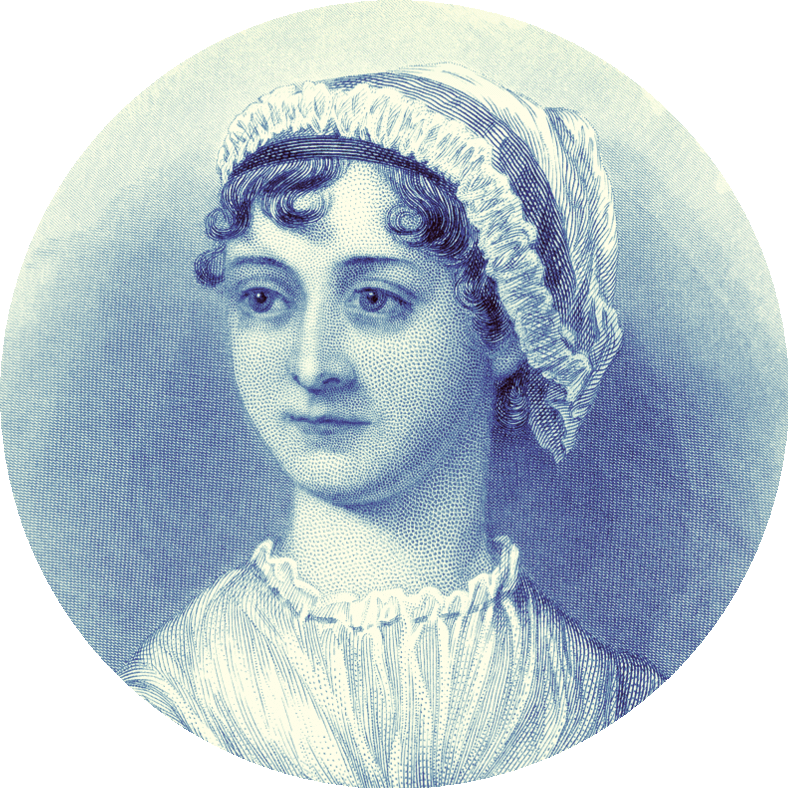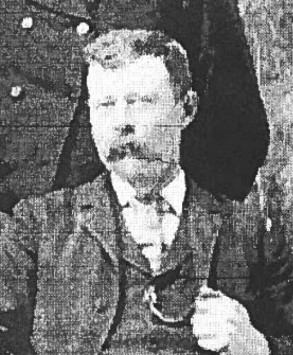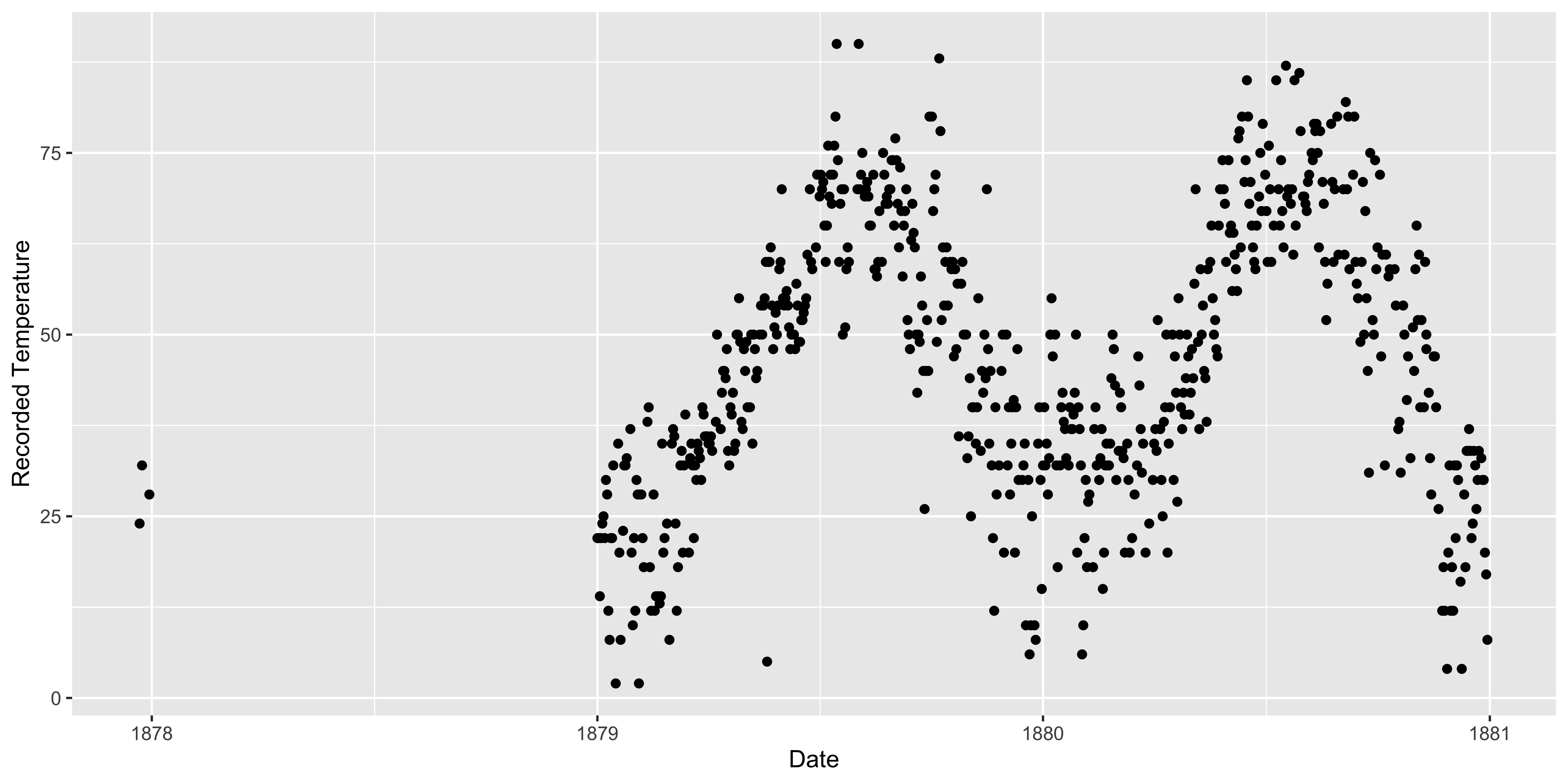Mining Historical Texts
USING TIDY DATA PRINCIPLES
Acknowledgements

Slide Structure, Content, and Design adapted from Julia Silge
Let’s install some packages
The Journals (1870-1906)
What do we mean by tidy text?

journal_text <- c("Was married at home in evening by William Rand Esqr.",
"Went to meeting.",
"Shooting match all day in the evening to Christmas Tree at the Hall.",
"About home at work fobbing.",
"Work about home.",
"To work in shop.",
"To work in shop.",
"Went to meeting.")
journal_text
#> [1] "Was married at home in evening by William Rand Esqr."
#> [2] "Went to meeting."
#> [3] "Shooting match all day in the evening to Christmas Tree at the Hall."
#> [4] "About home at work fobbing."
#> [5] "Work about home."
#> [6] "To work in shop."
#> [7] "To work in shop."
#> [8] "Went to meeting."What do we mean by tidy text?

library(tidyverse)
journal_df <- tibble(line = 1:8, text = journal_text)
journal_df
#> # A tibble: 8 × 2
#> line text
#> <int> <chr>
#> 1 1 Was married at home in evening by William Rand Esqr.
#> 2 2 Went to meeting.
#> 3 3 Shooting match all day in the evening to Christmas Tree at the Hall.
#> 4 4 About home at work fobbing.
#> 5 5 Work about home.
#> 6 6 To work in shop.
#> 7 7 To work in shop.
#> 8 8 Went to meeting.What do we mean by tidy text?

Freeland wants to know…

A tidy text dataset typically has
- more
- fewer
rows than the original, non-tidy text dataset.
9 journals (1871-1880) transcribed
Journal Date, Text, and Location
journals %>%
select(date_mdy, journal_entry, location)
#> # A tibble: 3,951 × 3
#> date_mdy journal_entry location
#> <chr> <chr> <chr>
#> 1 12/23/1871 Was married at home in evening by William Rand Esqr. Winter …
#> 2 12/24/1871 Went to meeting. <NA>
#> 3 12/25/1871 Shooting match all day in the evening to Christmas tree … Winter …
#> 4 12/26/1871 About home at work fobbing. Winter …
#> 5 12/27/1871 Work about home reed letter from N. H. Higgins Ins agt. Winter …
#> 6 12/28/1871 Work about home. Winter …
#> 7 12/29/1871 To work in shop. Winter …
#> 8 12/30/1871 To work in shop. Winter …
#> 9 12/31/1871 Went to meeting. <NA>
#> 10 1/1/1872 Work in shop. Winter …
#> # ℹ 3,941 more rowsCreating date variables using lubridate
Recall: What functions can we use to extract the year and month?
Hint: Check the lubridate cheatsheet
Creating date variables using lubridate
library(lubridate)
(journals <- journals %>%
select(date_mdy, journal_entry, journal, location) %>%
mutate(date_mdy = mdy(date_mdy),
year = year(date_mdy),
month = month(date_mdy)))
#> # A tibble: 3,951 × 6
#> date_mdy journal_entry journal location year month
#> <date> <chr> <dbl> <chr> <dbl> <dbl>
#> 1 1871-12-23 Was married at home in evening by Wi… 1 Winter … 1871 12
#> 2 1871-12-24 Went to meeting. 1 <NA> 1871 12
#> 3 1871-12-25 Shooting match all day in the evenin… 1 Winter … 1871 12
#> 4 1871-12-26 About home at work fobbing. 1 Winter … 1871 12
#> 5 1871-12-27 Work about home reed letter from N. … 1 Winter … 1871 12
#> 6 1871-12-28 Work about home. 1 Winter … 1871 12
#> 7 1871-12-29 To work in shop. 1 Winter … 1871 12
#> 8 1871-12-30 To work in shop. 1 Winter … 1871 12
#> 9 1871-12-31 Went to meeting. 1 <NA> 1871 12
#> 10 1872-01-01 Work in shop. 1 Winter … 1872 1
#> # ℹ 3,941 more rowsMaking our text data tidy
(tidy_journal <- journals %>%
unnest_tokens(word, journal_entry))
#> # A tibble: 65,118 × 6
#> date_mdy journal location year month word
#> <date> <dbl> <chr> <dbl> <dbl> <chr>
#> 1 1871-12-23 1 Winter Harbor 1871 12 was
#> 2 1871-12-23 1 Winter Harbor 1871 12 married
#> 3 1871-12-23 1 Winter Harbor 1871 12 at
#> 4 1871-12-23 1 Winter Harbor 1871 12 home
#> 5 1871-12-23 1 Winter Harbor 1871 12 in
#> 6 1871-12-23 1 Winter Harbor 1871 12 evening
#> 7 1871-12-23 1 Winter Harbor 1871 12 by
#> 8 1871-12-23 1 Winter Harbor 1871 12 william
#> 9 1871-12-23 1 Winter Harbor 1871 12 rand
#> 10 1871-12-23 1 Winter Harbor 1871 12 esqr
#> # ℹ 65,108 more rowsHow much did Freeland write?
(monthly_word_count <- tidy_journal %>%
group_by(month, year) %>%
filter(is.na(year) == FALSE) %>%
summarize(nwords = n()))
#> # A tibble: 97 × 3
#> # Groups: month [12]
#> month year nwords
#> <dbl> <dbl> <int>
#> 1 1 1872 193
#> 2 1 1873 569
#> 3 1 1874 371
#> 4 1 1875 565
#> 5 1 1876 610
#> 6 1 1877 441
#> 7 1 1879 950
#> 8 1 1880 748
#> 9 2 1872 224
#> 10 2 1873 564
#> # ℹ 87 more rowsPlotting monthly word count through time
What plot do you expect to see?
How much did Freeland write?

What are the most common words?
What do you predict will happen if we run the following code? 🤔
What are the most common words?
What do you predict will happen if we run the following code? 🤔
Stop words
Stop words
Stop words
Stop words
What are the most common words?
U N S C R A M B L E
anti_join(get_stopwords(source = “smart”)) %>%
tidy_journal %>%
count(word, sort = TRUE) %>%
geom_col() +
slice_max(n, n = 20) %>%
ggplot(aes(n, fct_reorder(word, n))) +
What are the most common words?

Journal 1: Boats, Meals, Goods 🍳 ⛵🦞 🪵

Journal 2: Wind and Weather︎ NESW

Comparing multiple journals

Your Turn: What were the most common words in Journal 5 and 6?
tidy_journal %>%
anti_join(get_stopwords(source = "smart")) %>%
filter(journal %in% c(____, ____)) %>%
count(word, sort = TRUE) %>%
slice_max(n, n = 25) %>%
ggplot(aes(n, fct_reorder(word, n))) +
geom_col(aes(fill = color)) +
labs(fill = "Word Type", y = "word") +
scale_fill_viridis_d(direction = -1)Your Turn: What were the most common words in your journal period?
tidy_journal %>%
anti_join(get_stopwords(source = "smart")) %>%
filter(year _______,
month %in% c(_________)) %>%
count(word, sort = TRUE) %>%
slice_max(n, n = 25) %>%
ggplot(aes(n, fct_reorder(word, n))) +
geom_col(aes(fill = color)) +
labs(fill = "Word Type", y = "word") +
scale_fill_viridis_d(direction = -1)Looking at word trends through space
tidy_journal %>%
anti_join(get_stopwords(source = "smart")) %>%
filter(str_detect(location, pattern = "Matinicus")) %>%
count(word, sort = TRUE) %>%
filter(word != "home") %>%
slice_max(n, n = 10, with_ties = FALSE) %>%
ggplot(aes(n, fct_reorder(word, n))) +
geom_col() +
labs(fill = "Word Type", y = "word", title = "Matinicus") +
scale_fill_viridis_d(direction = -1)Looking at word trends through space

Your Turn: Looking at word trends through space
tidy_journal %>%
anti_join(get_stopwords(source = "smart")) %>%
filter(str_detect(location, "__________")) %>%
count(word, sort = TRUE) %>%
slice_max(n, n = 10, with_ties = FALSE) %>%
ggplot(aes(n, fct_reorder(word, n))) +
geom_col() +
labs(fill = "Word Type", y = "word", title = "_______") +
scale_fill_viridis_d(direction = -1)We can also look for specific things
Extracting thermometer readings

Extracting thermometer readings
journals %>%
filter(str_detect(string = journal_entry, pattern = "Thermometer | thermometer")) %>% # filter rows for mentions of word thermometer
mutate(temp = as.numeric(str_extract(journal_entry, pattern = '(?<=thermometer |Thermometer )\\d+'))) %>% # extract digits following the word thermometer in a sentence.
ggplot(aes(x = date_mdy, y = as.numeric(temp))) +
geom_point() +
labs(x = "Date", y = "Recorded Temperature")
Looking for Schooners
Extracting names of schooners
journals %>%
filter(str_detect(journal_entry, pattern = "Schr|schr|schooner")) %>%
mutate(schooners = str_extract(journal_entry, pattern = "\\b(Schr|Schr.|schr|schr.)(\\b\\s*([A-Z]\\w+|[A-Z]\\.\\w+\\.\\w+|[A-Z]\\. \\w+\\. \\w+)){0,4}")) %>%
distinct(schooners)
#> # A tibble: 38 × 1
#> schooners
#> <chr>
#> 1 Schr A. G. Brooks
#> 2 schr Fremont Capt Elisher Bickford
#> 3 Schr Sea Flower
#> 4 schr Roamer
#> 5 schr Virgin
#> 6 schr Virgins
#> 7 Schr Roamer
#> 8 Schr Neptune
#> 9 Schr Banner
#> 10 Schr Signal
#> # ℹ 28 more rowsRecap
- We can put each word on its own row using
unnest_tokens - We can use
anti_jointo get rid of stop words - We can use
filterandsummarizeto see how word use has changed over time and space - We can use
str_detectto find patterns in our text - We can use
regular expressionsto extract more complicated patterns
Your Turn
What is something you are curious about in Freeland’s journals that you’d like to investigate? Be creative with the time period, place, and what you’re looking for.
Thanks!

Slides created with Quarto
Additional Slides
What was the weather like?
